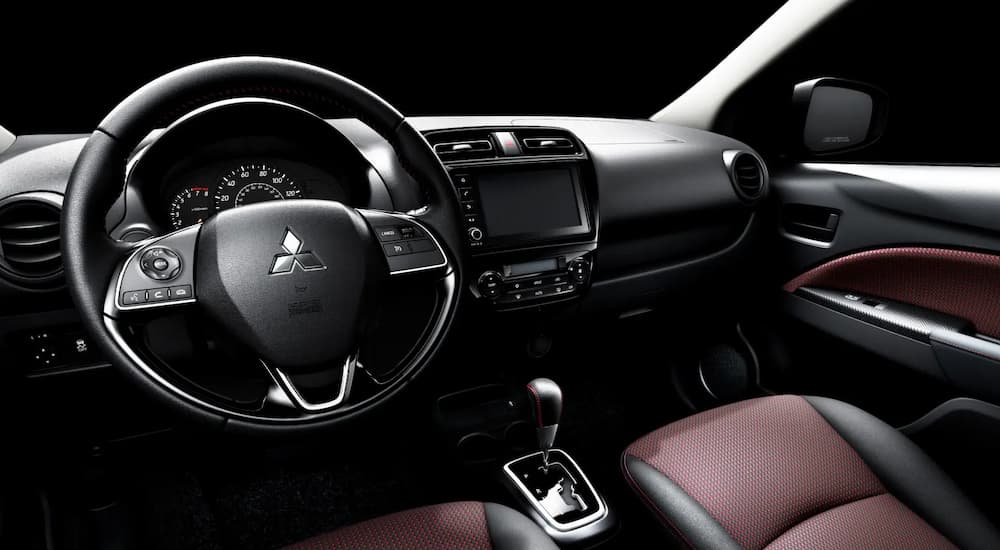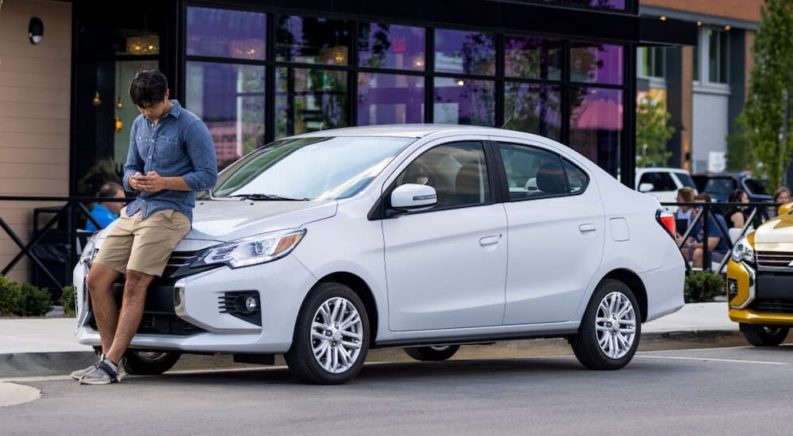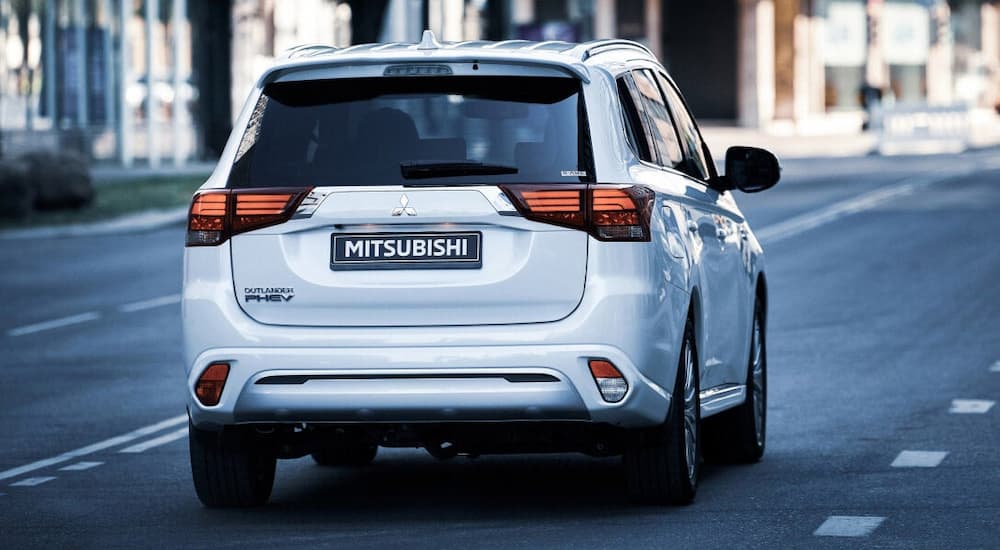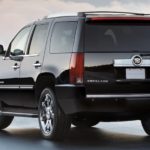The history of Mitsubishi is a surprisingly complicated and lengthy tale that encompasses world history and the way in which Japan has developed and radically changed over the last 150 years. While Mitsubishi Motors is only about 50 years old, if you start looking at the larger Mitsubishi Group, then you get into a much longer story. It’s easy to check out the models you find at your local car dealer and see nothing more than the latest vehicles and all the bells and whistles they offer, but once you go under the surface, things become a lot more interesting. Let’s take a look at what has made Mitsubishi the company it is today and how it continues to grow and evolve.
The Very Beginning – 1835
If you want to dig into the origins of Mitsubishi, then you can go back even further, but we’ll keep things simple and start with the birth of Yataro Iwasaki in 1835. Yataro received an excellent education in his youth and went into business. In 1867, he became the manager of trading operations for the Yamauchi Clan––at that time, clans were still a major part of Japan’s social and economic structures.
The Yamauchi Clan had business interests throughout Japan, but Yataro was positioned in Nagasaki, which was Japan’s only open port at the time––all imports and exports had to go through Nagasaki. Eventually, Japan opened other ports, and a great deal of trade shifted to other cities, which resulted in Yataro moving to Osaka and becoming the manager of business operations for the Yamauchi Clan there. Yataro moved to Osaka in 1869, and in 1870 he established Tsukumo Shokai with three steamships and started building a new enterprise.
The Birth of Mitsubishi – 1873
Three years later, in 1873, the company’s name was changed to Mitsubishi Shokai, and it continued to grow and expand. The following year, the headquarters was moved to Tokyo, and the company was renamed Mitsubishi Jokisen Kaisha. At this time, it contracted with the Japanese government to provide ships for transporting troops throughout the 1870s. The success of this venture resulted in additional financial rewards from the government and growth: at this time, Mitsubishi owned 73% of Japan’s steamship fleet.
You’ve probably seen Mitsubishi’s logo of three diamonds arranged in a triangular shape; this symbol owes its origin to these years and Yataro Iwasaki. Yataro combined his family’s crest, which featured three stacked rhombuses (diamond shapes), with the symbol of the Yamauchi clan: three oak leaves in a triangular configuration. The name “Mitsubishi” itself comes from the Japanese words for “three” and “water chestnut”––a phrase commonly used to refer to the rhombus shape. This means the logo is not purely aesthetic but is a visual representation of the name of the company itself.

Success Through Diversification – Late 1800s and Early 1900s
In the years that followed the initial success of the Mitsubishi company, Yanosuke Iwasaki––the younger brother of company founder Yataro Iwasaki––took over as president in 1885. Yanosuke had spent several years in the US learning about American culture and business, which would influence his approach to leading the company. Much of his efforts went to building on what his older brother had done to diversify Mitsubishi. He acquired copper and coal mines, expanding the company into production along with transportation and much more. Mitsubishi became a leading shipbuilder during this time period, and in the early 1900s, the company was reorganized with a management system similar to modern operational divisions, creating separate groups to divide responsibilities and results.
The First Mitsubishi Car – 1917
All of this leads us to 1917, when the first Mitsubishi vehicle was produced, and the company took its initial steps into the auto industry. At this point, it had not created an automobile division and the first car, the Mitsubishi Model A, was produced by the Mitsubishi Shipbuilding Company. It was a luxury vehicle designed for government officials and other prominent members of society––a seven-passenger sedan that was hand-built with gorgeous features and details. This was the first series production car in Japan, marking Mitsubishi as an industry leader from the very start.
The result was a remarkable vehicle, but the construction process was time-consuming and expensive, which meant the Model A was also expensive. Compared to vehicles available from America and Europe, where mass manufacturing methods were taking hold, it was particularly pricey and impractical. Only 22 Model As were built, and production came to an end in 1921––still, it was not a bad start. In 1934, Mitsubishi Shipbuilding was merged with Mitsubishi Aircraft to create Mitsubishi Heavy Industries (MHI), the largest private company in Japan at the time. It focused on aircraft, ships, and heavy machinery but developed a prototype sedan in 1937 called the PX33 with full-time four-wheel drive, though the vehicle never went into full production.
Post-War Era: Mitsubishi Disbanded – 1946
Throughout World War II, Mitsubishi’s assets and efforts were put into the war effort, along with every other major company in Japan. The president of the Mitsubishi Group at the time seemed to favour diplomacy and international growth, but he ultimately supported Japan’s Emperor as others did. Following the end of WWII, Japan was forced to make numerous concessions as part of its surrender, one of the biggest of which was the dissolution of all zaibatsu, which were family-run conglomerates, including Mitsubishi. The Allies felt that the zaibatsu, with all of their money and influence, had been a driving factor in pushing Japan into war and wanted to eliminate their control.
Mitsubishi was broken up into numerous smaller companies––Mitsubishi Heavy Industries was divided into three regional companies. In the years following the war, each of these companies began its own efforts to develop and build automobiles with varying degrees of success. One company made a deal with Willys and began assembling Jeeps for sale in Japan, while another developed the Mitsubishi 500, a mass-market sedan that proved very popular. In 1952, the ban on the use of previous zaibatsu trade names was lifted, and the Mitsubishi group companies began using the name again. The Mitsubishi Corporation was reestablished in 1954.
The Founding of Mitsubishi Motors – 1970
Just a decade later, in 1964, the three regional companies were brought together once more and reformed Mitsubishi Heavy Industries. By 1967, MHI was producing more than 75,000 vehicles per year, and it introduced the Galant in 1969, which proved very popular. With all of this success, MHI decided to create a division solely focused on the auto industry, and Mitsubishi Motors was formed in 1970. It found immediate success beyond Japan by making a deal with Chrysler that resulted in exporting the Galant, which was sold in the US as the Dodge Colt.
In 1973, Mitsubishi was producing 500,000 vehicles annually, and by 1978 it was making nearly 1 million cars each year––it hit 1 million in annual production in 1980. Due to Chrysler’s financial struggles in the early 1980s, Mitsubishi finally began selling its vehicles in America under its own name in 1982, and it continued to grow throughout the 1980s and 1990s. Mitsubishi Motors went public in 1988 and jumped on the rising popularity of SUVs in the 1990s, finding success with its four-wheel drive vehicles––during this time, it also became an international leader in motorsports.
Into the 21st Century – 2000s and Beyond
In 2002, Mitsubishi Motors made its official debut in Canada. Although the company struggled a bit in the early 2000s, MHI took part in an emergency rescue that included buying more stock to help stabilize Mitsubishi Motors. In 2016, Nissan began an acquisition that resulted in Nissan taking control of 34% of Mitsubishi, officially bringing it into the Renault-Nissan Alliance. To take full advantage of its new place within the Alliance, Mitsubishi has worked with Nissan to engineer new models, simplifying development and lowering costs. The future of Mitsubishi Motors remains to be seen, but there’s no denying that it has big plans for the years ahead.





